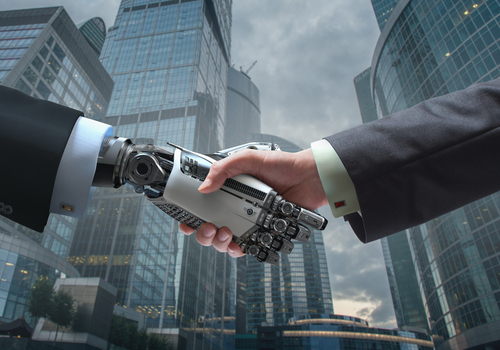Are robots better than eye surgeons at cataract surgery?
There have been increasing reports of robots. They can perform certain surgical procedures better than humans. I thought I would take the time to see if this was true and if this was workable in the future for eye surgery.
Robots controlled by computers are ideally placed to replace eye surgeons. Especially those eye surgeons who perform cataract surgery. Robots can perform precise and repetitive movements in microscopic environments.
At present, a cataract surgeon has to work on a small human organ (22 mm in length). They need to work in a cavity space of less than 5 mm to remove and replace the ageing human lens to restore sight.
The surgeon cannot function in this environment using the naked eye. They have to use a microscope to magnify the working field. They use both large diffuse and focal light to illuminate the internal structures of the eye.
There is thus a reliance on several external factors. These factors include the need to focus and re-adjust the microscope manually.
- Eye surgeons have to keep the working field in view.
- Altering the lighting conditions to optimise working field illumination.
- Controlling the depth of focus to visualise different internal structures at different levels.
It does not stop there – important patient factors come into play. These factors include
- Minimising head movement of the patient (cataract patients are usually awake for surgery) and their eyes (the lightest anaesthetic still allows the patient to make uncontrolled and random eye movements).
- The correct height of the operating table is imperative for the right working field focus. It needs to be balanced by the patient’s ability to lie flat. Some patients cannot rest comfortably. Others need head and neck support which is making surgery more difficult.
- Finally, surgeon factors play a significant part in the procedure. These include controlled factors such as intrinsic hand tremor, especially when holding microscopic instruments. We all have a mild tremor as a result of our intrinsic muscle tone.
The use of a microscope is a kind of remote viewing system where the surgeon relies on indirect visualisation of the tissues they operate on. A surgeon’s visual error needs to be factored in when viewing down a microscope with readjustment of focus on the assistant’s table to load an intraocular lens that is 6 mm wide.
The comfort of the eye surgeon is also important – eye surgeons use both hands and both feet – at the same time. They use their hands together and independently to manipulate tissue within the eye. Ambidexterity is often beneficial. There are controls for moving the microscope in four directions (up, down, left and right). Two controls for illumination of the light on the microscope. There are brighter and dimmer lights for two different light sources (focal and diffuse lamps). Additionally, further four controls for magnification and adjusting the depth of focus.
The eye surgeon controls the flow of sterile fluid into the eye with their foot. The foot also improves the power of the phacoemulsification machine, which is used to break up the cataract and aspirate it out of the eye.
There are no less than 50 independent variables at play at the same time when performing cataract surgery. The surgeon ‘plays the conductor’ in the orchestra of the operating theatre.
Could a robot replace this?
There has been a recent innovation called laser assisted femtosecond cataract surgery. This has led to the automation of just one or two steps of cataract surgery. Even those actions are heavily facilitated by the traditional eye surgeon.
Are robots better than eye surgeons at cataract surgery?
Not even close.


![Five Facts about Toric Intra-ocular Lenses [Infographic]](https://jaheedkhan.co.uk/wp-content/uploads/2016/12/jk-toric-lenses-500x383.jpg)
